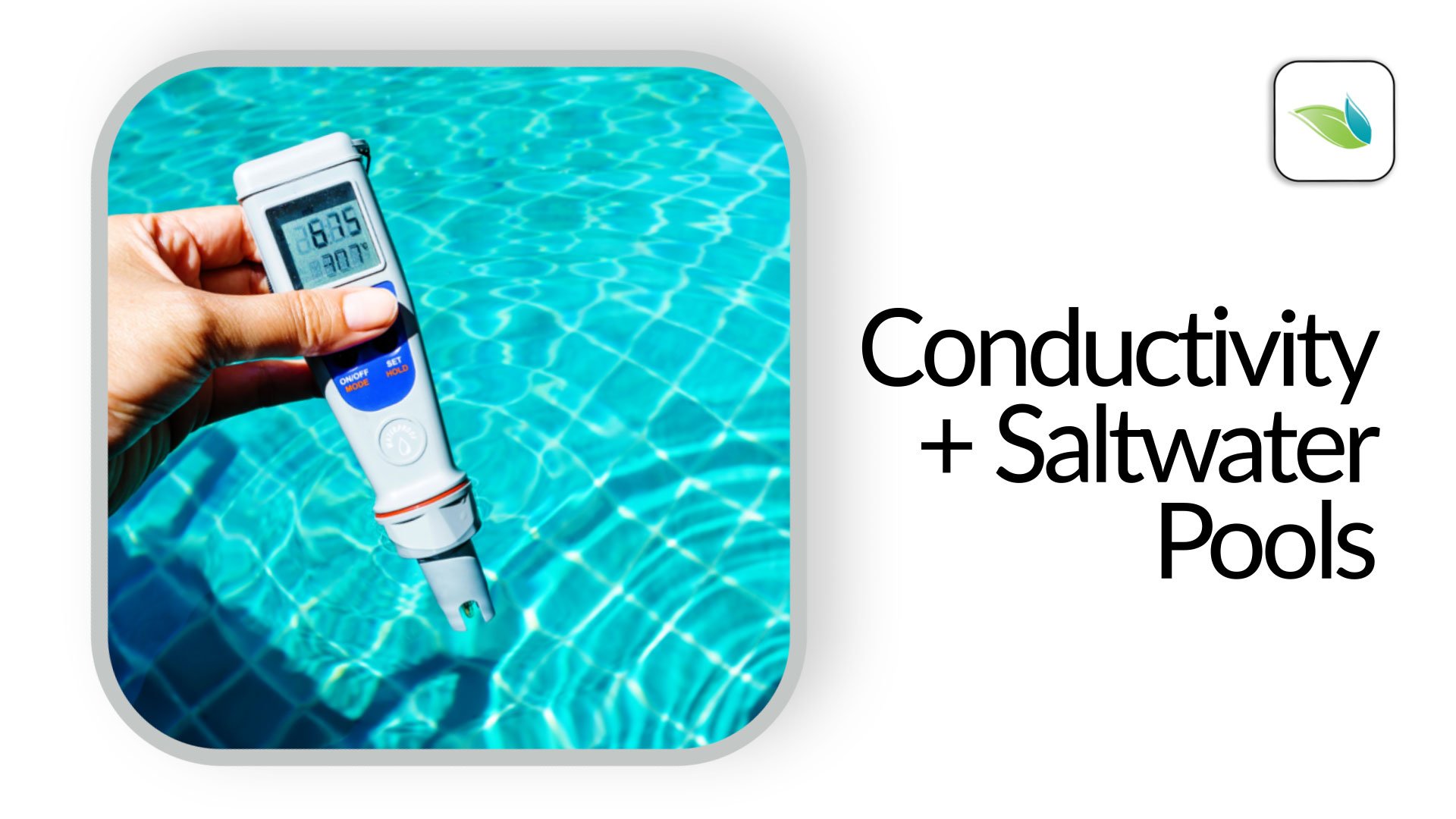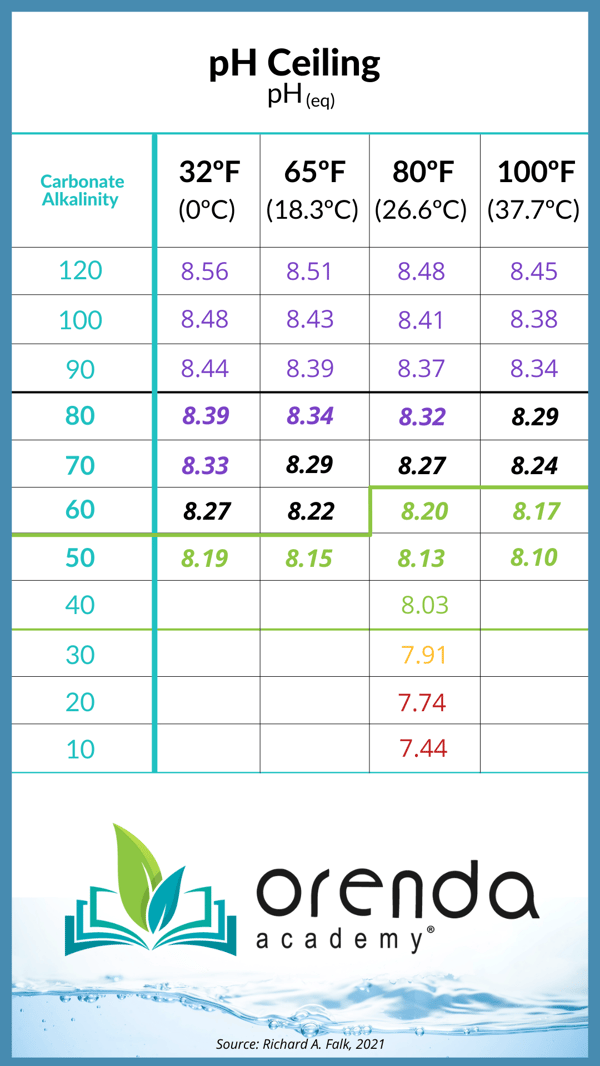Good day all-
Recently installed a SWG and was just reading the fllwng article: Water Balance for SWGs
I don't quite understand this section from it:
qte
Second adjust CYA to between 70 and 80. The biggest mistake that many SWG owners make is NOT having enough CYA in the water! This can create a lot of problems like high acid demand, algae outbreaks, cloudy water, or early cell failure.
/qte
Can someone pls explain how having low CYA can lead to high acid demand?
I appreciate that the real world experience of users in this forum indicate the 30-50 ppm CYA recommended by SWG manufactures is too low, I'm just weary of adding much more than that until I get a feel for things, as I recently drained most of the pool to to drop cya level to 40 from 150 level and it was an ordeal (previous homeowner used pool guy who ran tabs). I am noticing that my acid demand with newly installed SWG seems to have gone up to something like 8-10 oz per day to hold a 7.6 ph even after lowering TA to 60 and adding 50 ppm borates. Or am I just making a fuss and this is typical acid demand?
Recently installed a SWG and was just reading the fllwng article: Water Balance for SWGs
I don't quite understand this section from it:
qte
Second adjust CYA to between 70 and 80. The biggest mistake that many SWG owners make is NOT having enough CYA in the water! This can create a lot of problems like high acid demand, algae outbreaks, cloudy water, or early cell failure.
/qte
Can someone pls explain how having low CYA can lead to high acid demand?
I appreciate that the real world experience of users in this forum indicate the 30-50 ppm CYA recommended by SWG manufactures is too low, I'm just weary of adding much more than that until I get a feel for things, as I recently drained most of the pool to to drop cya level to 40 from 150 level and it was an ordeal (previous homeowner used pool guy who ran tabs). I am noticing that my acid demand with newly installed SWG seems to have gone up to something like 8-10 oz per day to hold a 7.6 ph even after lowering TA to 60 and adding 50 ppm borates. Or am I just making a fuss and this is typical acid demand?



.png)
